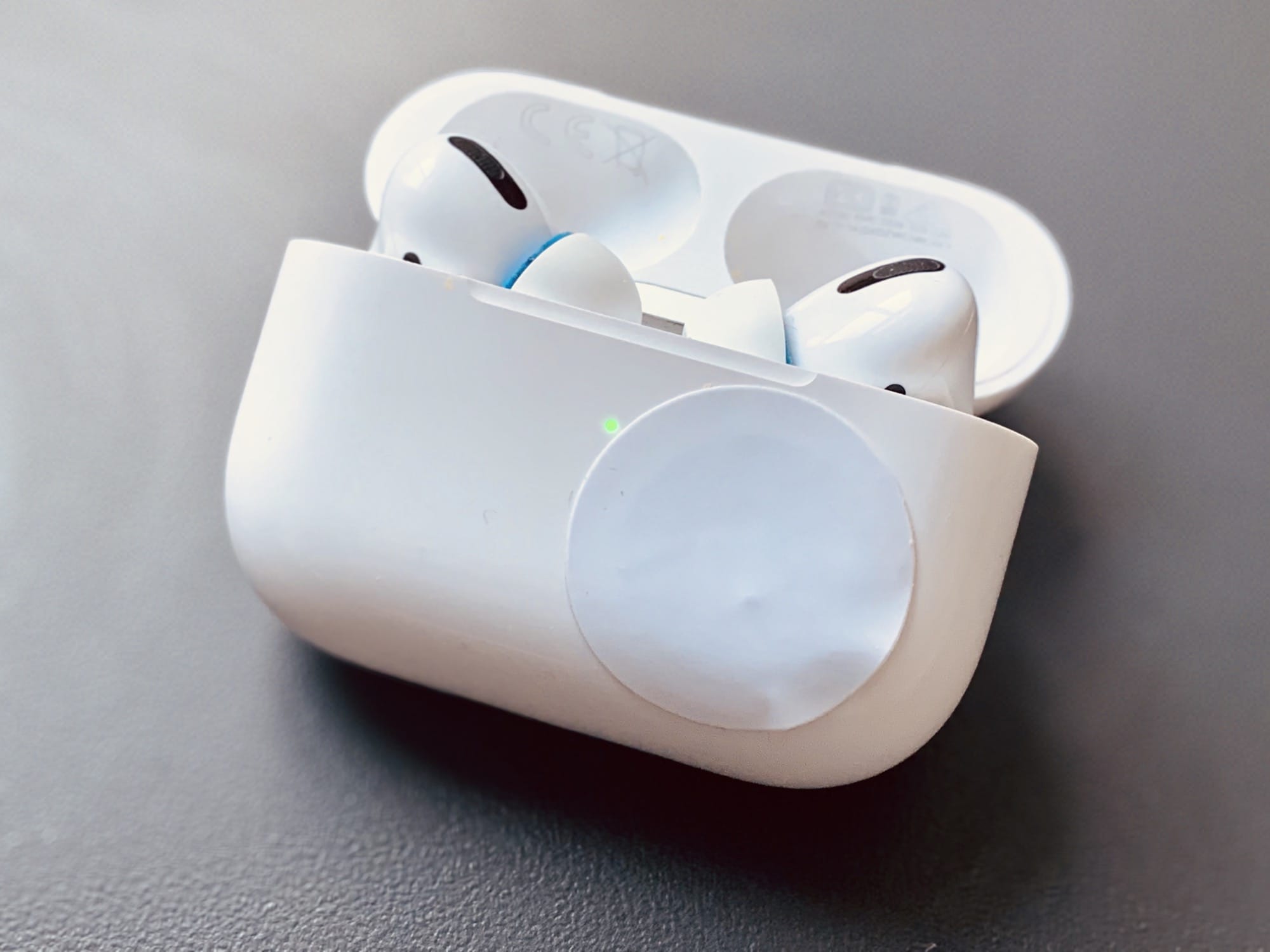Table of Content
- Using AssistiveTouch
- Start a discussion in Apple Support Communities
- How to Get Home Button on Screen
- Remove On-Screen Navigation Button on Android by Disabling Accessibility Shortcuts
- Customize AssistiveTouch
- How to Remove Floating Home Button From iPhone and Android Screen
- Fix Ethernet does not have a valid IP configuration error in Windows 10
Screenshots let you capture what is on your iPhone screen for proof, safekeeping, capturing a valuable piece of information, and more. On iPhone with Face ID, simply press the button on the right side and the volume up button together. And on iPhones with the front Home button, press the Home and the power button simultaneously. But what if you do not want to or cannot use the physical iPhone buttons? Let me show you four ways to take screenshots without Home button or Power button on an iPhone. To access settings and navigation controls, you need to tap the middle of the screen.
The “Trackpad & Mouse” options only appear in Settings if a mouse or trackpad is connected to the iPad, so don’t be alarmed if it doesn’t show up at first. In this menu, you can click on the Home option, and you will go immediately to your Home screen from any app. There, you can pick another app to run or do other tasks.
Using AssistiveTouch
Either turn off the button in the app settings or remove the app from your phone. If the AssistiveTouch is crowded with other functions, you can enable back tap gestures and lock screen or use the app switcher menu without the home button. Your Kindle may be frozen if you are unable to get to the home screen. Check to see if you are able to change pages or access the menu options.
Closing the cover of a case will also put the display to sleep. If you swipe down from the top of the screen, the Kindle will open a menu which doesn’t include an option to return to the home screen. To get to the home screen, you need to tap the top of the screen and then tap home or the back arrow. Some older Kindles have a home icon resembling a house which can be found at the top left corner of the screen or even a physical home button. If you see a house icon on your Kindle, or a physical home button, you can use that to return to the home menu.
Start a discussion in Apple Support Communities
On an iPhone with Face ID, you can also use AssistiveTouch or use Switch Control to confirm payments with Face ID instead of double-clicking the side button. If you’ve broken your home button, you can enable AssistiveTouch by opening the iPhone’s Settings app. If your phone is still under warranty or you have AppleCare, take your phone to an Apple Store. If you don't have a warranty or AppleCare, find a reputable phone repair shop. In the meantime, use the AssistiveTouch on-screen Home button. Tap any button you want to change to open a list of available functions that can replace that button.
From here, you can choose one of the various options. For example, if you wish to immediately share the screenshot via WhatsApp, scroll down and tap Send Photo via WhatsApp. I sometimes share the screenshot via AirDrop, sometimes via WhatsApp, and at times via other apps. So, I will go with the regular Share option which opens the iOS Share Sheet from where I can choose any app I like. In iOS 14, Apple introduced a new accessibility feature called Back Tap that lets you perform the set action by double or triple tapping the backside of the iPhone.
How to Get Home Button on Screen
Tap on the one that has the buttons you’d like to customize. To test it out, click on the AssistiveTouch button with the mouse pointer. From there, a small menu will pop up on the screen and present various options. The speed and positioning it takes to pull this off can be fiddly to get just right. Luckily, there are two other ways to trigger the Home screen with the mouse. Once your have your mouse connected, you may find it annoying to navigate between apps by taking your hand off the mouse to push the Home button on your iPad.
Since I like to keep Single-Tap for opening menu, I will set Double-Tap for screenshots. To do this, tap Double-Tap and select Screenshot from the list of actions. Normally, you can double-click on the iPhone home button and open the app switcher menu to make changes. Since the home button isn’t working, we will use AssistiveTouch to access the multitasking menu.
Remove On-Screen Navigation Button on Android by Disabling Accessibility Shortcuts
You can customize this AssistiveTouch menu by adding, removing, or changing the buttons. If you delete all the buttons except one, the AssistiveTouch button can function as the home button with a single tap. If the app displays a separate tab called Full Page then it means you can take scrolling screenshots. Here, let me show you how to build a simple shortcut that will take a screenshot and immediately let you share it via WhatsApp or other apps. Now, go to the screen where you wish to take a screenshot.

At TechWiser, he primarily focuses on how-tos, tips, and fixes related to iPhone. In his free time, he repeatedly rewatches The Office. He also enjoys political debates, tech videos, and comedy movies. Tap the down arrow or home icon in the menu at the top of the app. If you were on the home menu when you opened the store or app, you’ll already be back on the home menu in this step. If you opened your book from the home menu, you will already be back to the home menu on this step.
Once you get habituated to using AssistiveTouch on iPhone, you will want to use the same for every function. Most functions are hidden under the Device menu. By default, the AssistiveTouch doesn’t come with App Switcher functionality.

Don't worry if you accidentally delete the Home button. After removing all the controls you don't want, you can edit one of the remaining buttons to be the Home button again. It's not the same experience, but it can still be helpful all the same. You can add a home button using an accessibility feature called AssistiveTouch. However, the way you do it is slightly different depending on your iOS version, and we'll highlight the differences where they occur. If you want to make phone calls using your PC frequently, you need to create a desktop shortcut of the Phone Dialer application.
It will do a screenshot and save it to the Photos app. Instead, the display goes to sleep when you're not using it. You can turn off the screen by holding the Power button until a menu appears and then selecting Screen Off.

To use AssistiveTouch, tap the button that hovers on the screen. It should pop out into a button overlay menu with several buttons, including Home. Tapping Home has the same effect as pressing the home button on the phone.

No comments:
Post a Comment